
A year of cultural heritage in the EU: How citizens can preserve Ukrainian culture
Artists, researchers and active citizens from Ukraine are getting involved in the European Year of Cultural Heritage, successfully implementing a number of projects that aim to preserve the country’s cultural legacy.
Cultural heritage is not only about preserving identity and history. It shapes our personality and defines our daily lives. Culture is a source of inclusive growth and job creation and the global trade in creative products has continued to expand in recent years, despite economic uncertainty.
National traditions, customs, cuisine and art carry as much information about a country as its political course or its geographical location. Cultural heritage is a universal value, an important expression of cultural diversity – that is why preserving it and passing it on to future generations is so important.
Having realised this, the EU has designated 2018 as the European Year of Cultural Heritage. In this article, we cover some of the most interesting projects that have been implemented with the EU’s support, aimed at preserving cultural heritage in Ukraine.
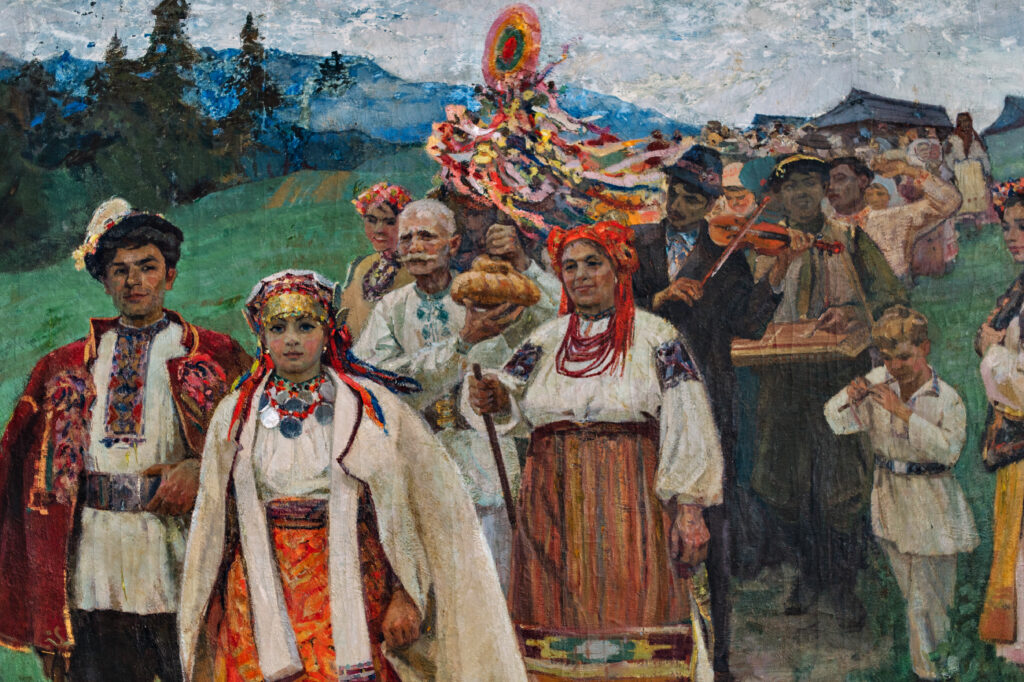 Painting at the museum of the Ukrainian culture and folk art named after Ivan Honchar (Kyiv, Ukraine)
Painting at the museum of the Ukrainian culture and folk art named after Ivan Honchar (Kyiv, Ukraine)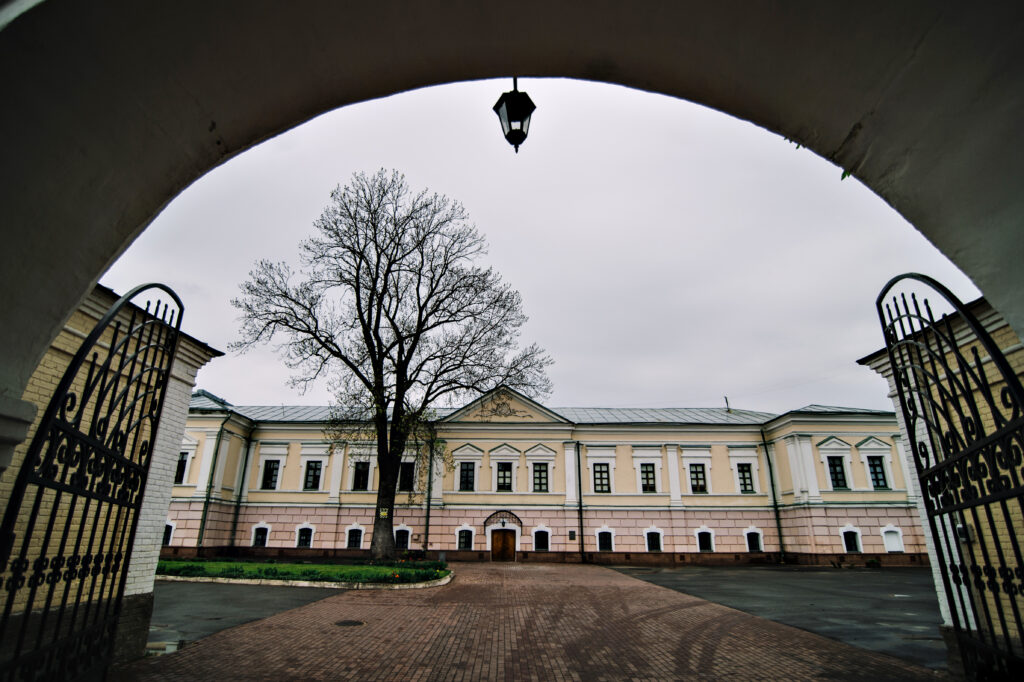 Museum of the Ukrainian culture and folk art named after Ivan Honchar (Kyiv, Ukraine)
Museum of the Ukrainian culture and folk art named after Ivan Honchar (Kyiv, Ukraine) Painting at the museum of the Ukrainian culture and folk art named after Ivan Honchar (Kyiv, Ukraine)
Painting at the museum of the Ukrainian culture and folk art named after Ivan Honchar (Kyiv, Ukraine)
An international project to preserve traditional Ukrainian songs
Ukrainians love to sing. However, despite the country having significant musical heritage, Ukrainian folk music is still unknown to the world.
“A Ukrainian traditional song can become Ukraine’s brand,” said Myroslava Vertyuk, the coordinator of the Polyphony project in Ukraine. “First of all, this is high culture and second, this is a unique element of our spiritual intangible cultural heritage. After we open it to ourselves and the world we will be able to get another recognisable brand.”
Realising the richness of Ukrainian musical heritage and finding in it his source of inspiration, Hungarian composer and musician Miklos Both initiated the international ‘Polyphony – Collection of the disappearing European Heritage’ project. In March 2017, researchers from Hungary, Ukraine and France decided to create a web archive of traditional Ukrainian songs, and travelled around Ukrainian villages recording about 1,500 songs and 500 performers.
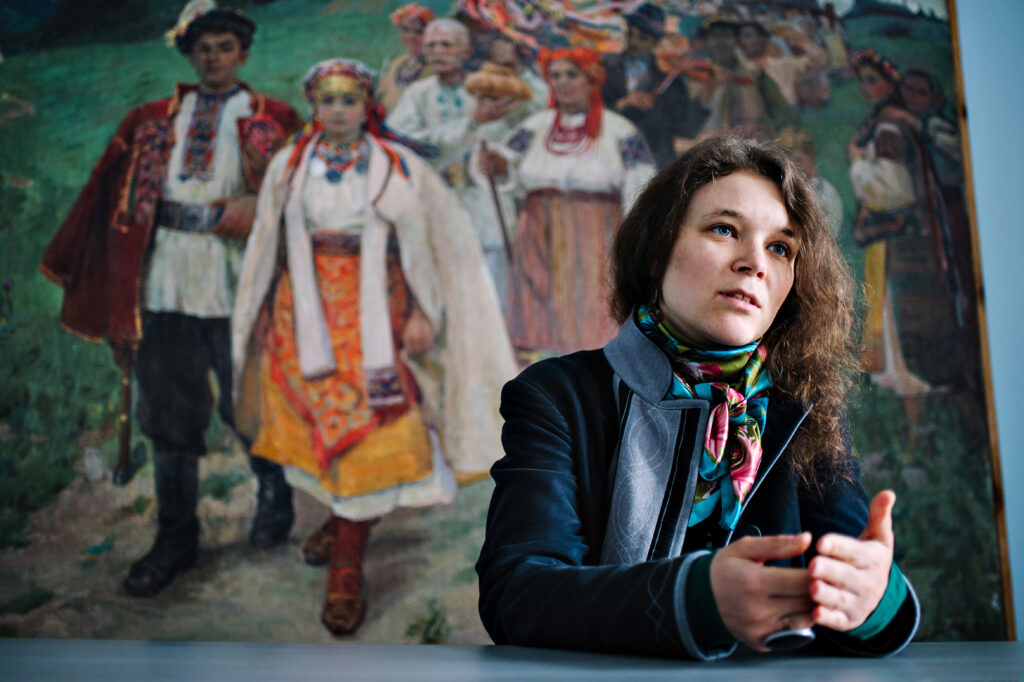 Myroslava Vertyuk, coordinator of the ‘Polyphony’ project in Ukraine
Myroslava Vertyuk, coordinator of the ‘Polyphony’ project in Ukraine Myroslava Vertyuk (left), coordinator of the ‘Polyphony’ project in Ukraine
Myroslava Vertyuk (left), coordinator of the ‘Polyphony’ project in Ukraine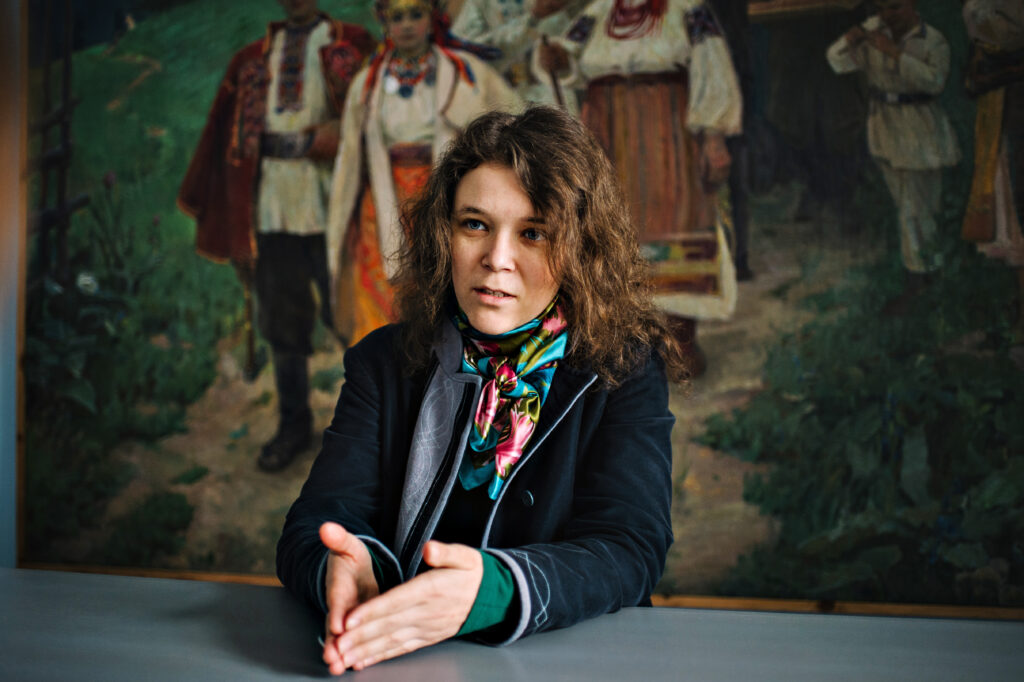 Myroslava Vertyuk, coordinator of the ‘Polyphony’ project in Ukraine
Myroslava Vertyuk, coordinator of the ‘Polyphony’ project in Ukraine
The researchers focussed on polyphony. In order to create the archive, the voice of each performer is recorded separately and then digitalised to allow them to continue to listen to each voice separately.
The total budget of the Polyphony project was €350,000. The initiators of the project applied for a grant from the EU’s Creative Europe programme, and received funding to cover around 60 per cent of the budget.
“We want to preserve the performing tradition, style and intonation of Ukrainian songs, that is why the most precious source of information for us is 70-80-year-old ladies and older. Their singing was not influenced by choir directors,” Myroslava Vertyuk said. “We cooperate with folklore researchers and ethnomusicologists, who have been exploring the Ukrainian traditional culture for over 50 years.”
Traditional songs are dying out in Ukrainian villages, as young people are not interested in learning and singing these songs. The Polyphony project strives to preserve the singing tradition by spreading it in the urban environment through the project’s educational element. .
Most of the material consists of non-ritual songs – folk ballads and lyrical songs. “The tradition of holidays and rituals has disappeared in the Ukrainian villages, therefore there are much fewer ritual songs,” Myroslava said.
The creation of an archive of these songs will also support research in other ways. “It often happens that one song is sung in full in one village and only a short version of it can be heard in another one. We provide both versions on the website,” the researcher explained.
A performance is also included in the project. Under the leadership of Miklos Bot and a theatre director from France, Ukrainian singers are preparing a concert based on the materials gathered in the expeditions. The performers will go on a European tour in order to introduce western Europe to traditional Ukrainian folk music.
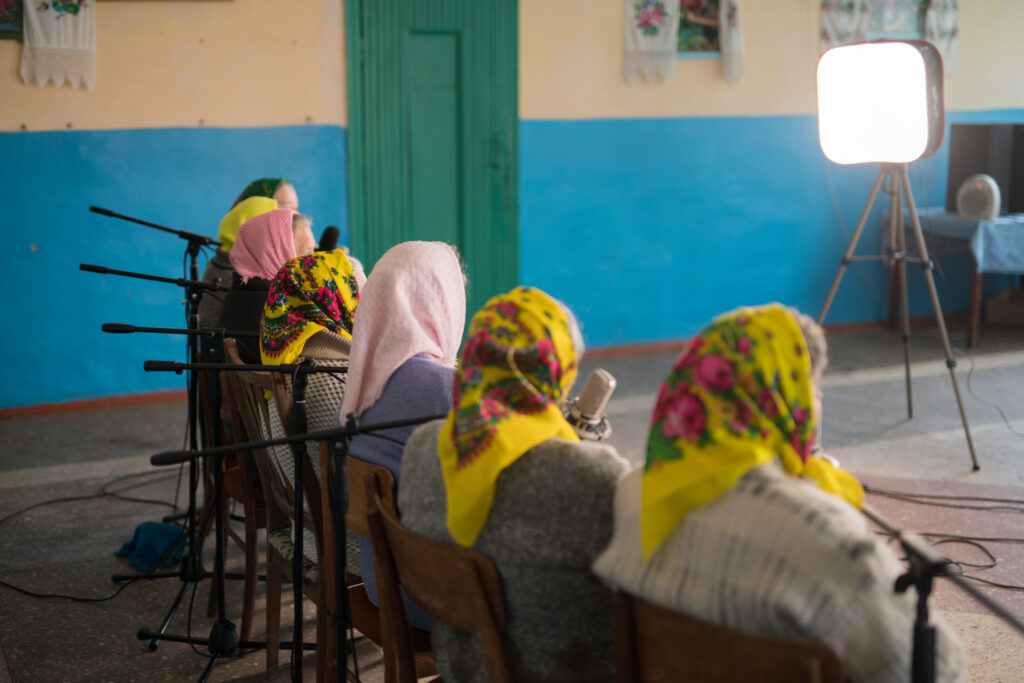 70-80-year-old ladies from Ukrainian villages are the source of information for the EU-funded “Polyphony” project (Credit: Miklos Both, ‘Polyphony’ project)
70-80-year-old ladies from Ukrainian villages are the source of information for the EU-funded “Polyphony” project (Credit: Miklos Both, ‘Polyphony’ project)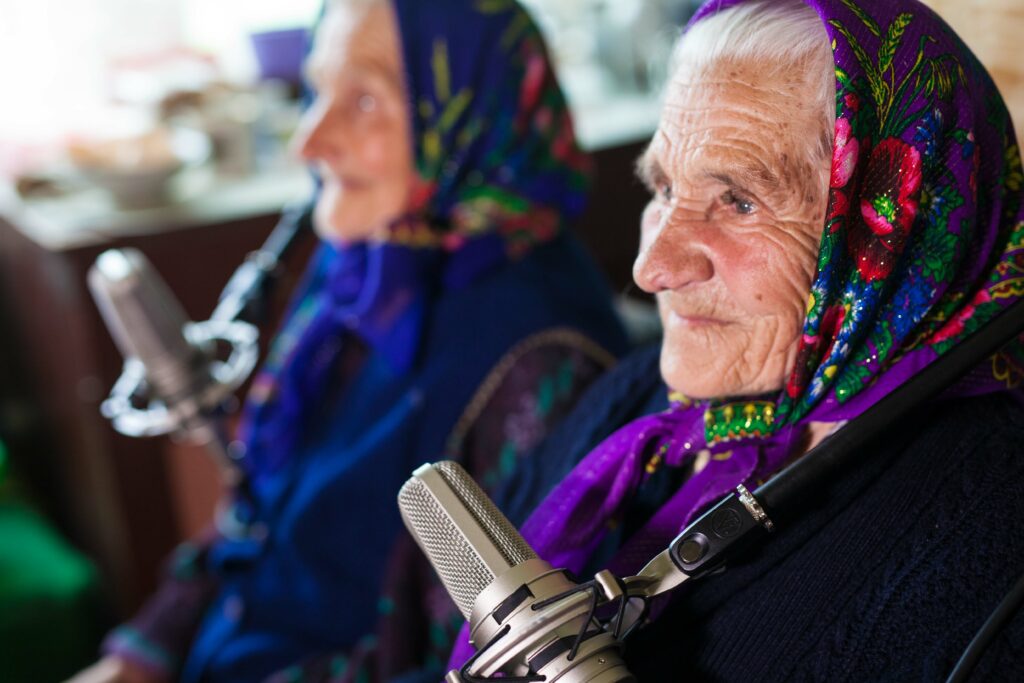 70-80-year-old ladies from Ukrainian villages are the source of information for the EU-funded “Polyphony” project (Credit: Miklos Both, ‘Polyphony’ project)
70-80-year-old ladies from Ukrainian villages are the source of information for the EU-funded “Polyphony” project (Credit: Miklos Both, ‘Polyphony’ project)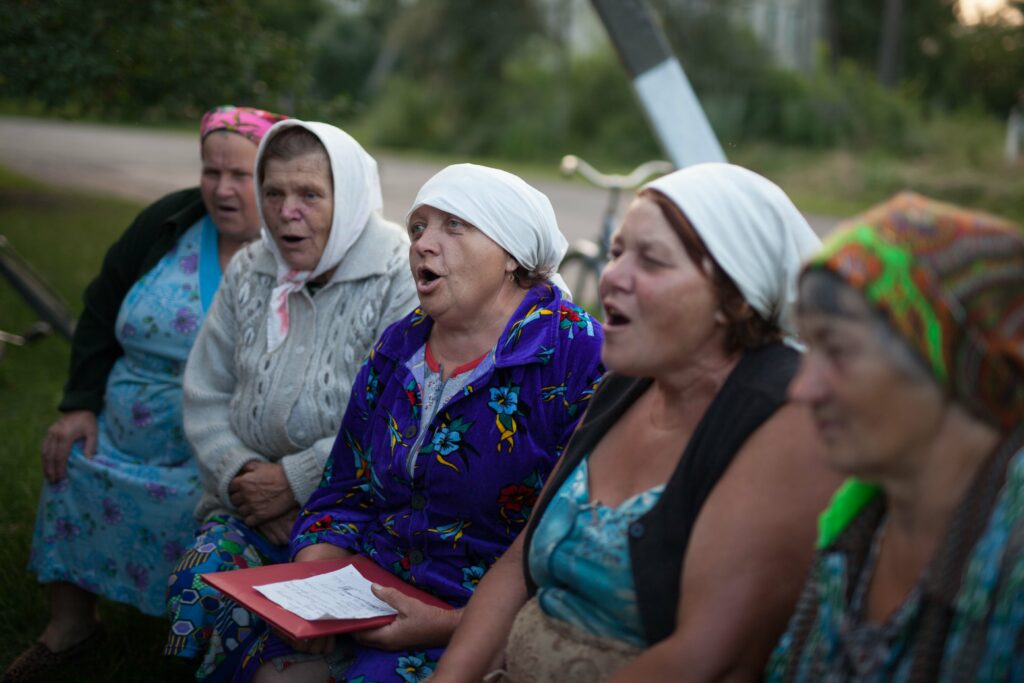 Credit: Miklos Both, ‘Polyphony’ project
Credit: Miklos Both, ‘Polyphony’ project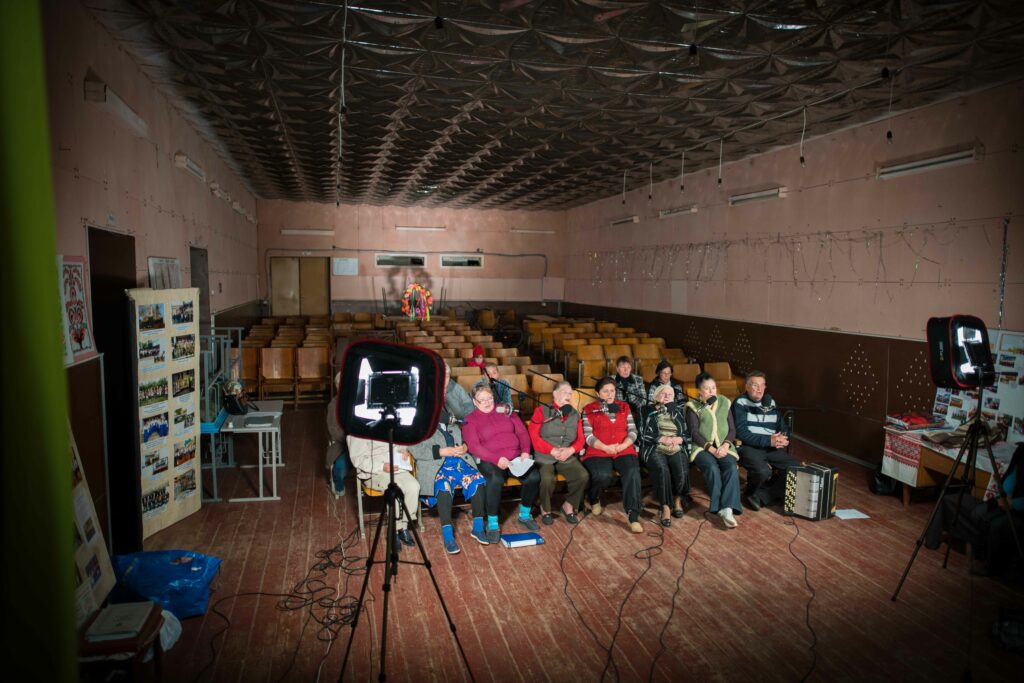 Credit: Miklos Both, ‘Polyphony’ project
Credit: Miklos Both, ‘Polyphony’ project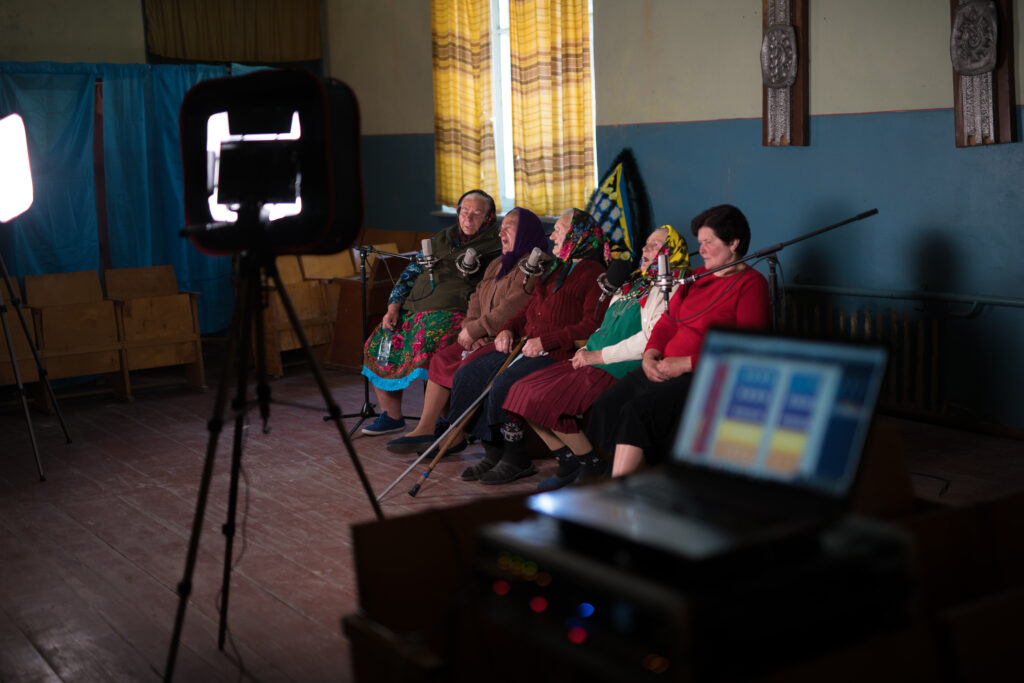 Credit: Miklos Both, ‘Polyphony’ project
Credit: Miklos Both, ‘Polyphony’ project
How active Ukrainians are preserving cultural heritage of their towns
From 2015 till 2017 the CHOICE (Cultural Heritage: Opportunity for Improving Civic Engagement) project involved active citizens in preserving cultural heritage. With the EU’s support, the CHOICE project was implemented in Ukraine, Belarus, the Republic of Moldova and Armenia over the course of two years.
“The project considered cultural heritage as a resource for the cities’ development. Eleven non-governmental oragnisations (NGOs) from Uzhhorod, Boryslav, Brody, Lviv, Kremenets, Rivne, Starokostyantyniv, Kherson, Dnipro, Chuhuiv and Poltava Region were given the opportunity to implement ideas for the protection and preservation of cultural heritage,” said Ihor Savchak, head of the CHOICE project in Ukraine.
The EU allocated a €873,000 grant for the implementation of the CHOICE project in the four Eastern Partner countries, which is 90 per cent of the total project budget. Ukrainian cities received €160,000.
“NGOs submitted their ideas for the development of cultural heritage initiatives in their towns and we provided consultations. While choosing 11 winners out of 136 applications, we gave preference to small towns. It is much easier to achieve a noticeable result there. One project of this kind can change the life of a small town,” the project coordinator explained.
Thanks to the project, an NGO called ‘Kray’ was able to implement many of its initiatives in the city of Brody. “We had many ideas but no opportunities to bring them to life. The CHOICE project helped turn all our dreams into reality,” said Vasyl Strilchuk, a member of the organisation’s council.
Vasyl is the director of the local history museum, so he knows all the problems related to cultural heritage in Brody. “After having won a grant from CHOICE, we held three trainings on the promotion of cultural heritage, and organised eight public lectures on the territory of architectural monuments. In some locations, we kept the tradition of holding lectures even after the project ended. We organised an adventure quest for schoolchildren, which was devoted to the town’s history, interesting places and objects,” he said.
They also made three short films about the historical heritage of Brody, two of which were interpreted with sign language. In order to implement their initiatives, Kraj NGO received a grant of €11,250 from the CHOICE project. Another €750 was allocated to volunteers by the Brody city council.
 NGO “Kray” in Brody promoted the town’s cultural and historical heritage sites among local population
NGO “Kray” in Brody promoted the town’s cultural and historical heritage sites among local population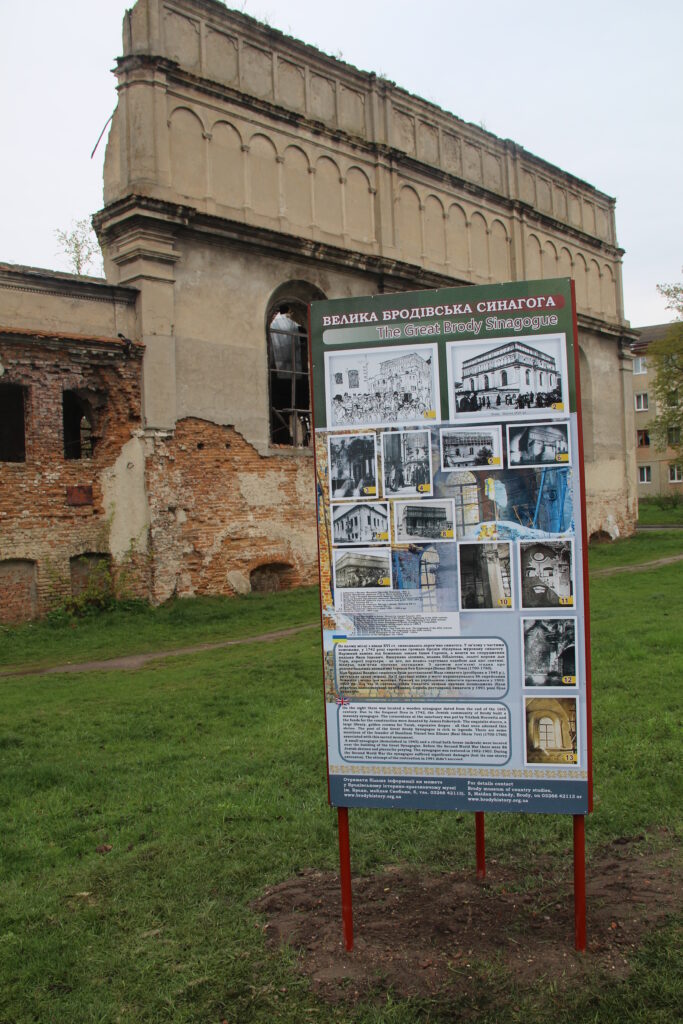 NGO “Kray” in Brody promoted the town’s cultural and historical heritage sites among local population
NGO “Kray” in Brody promoted the town’s cultural and historical heritage sites among local population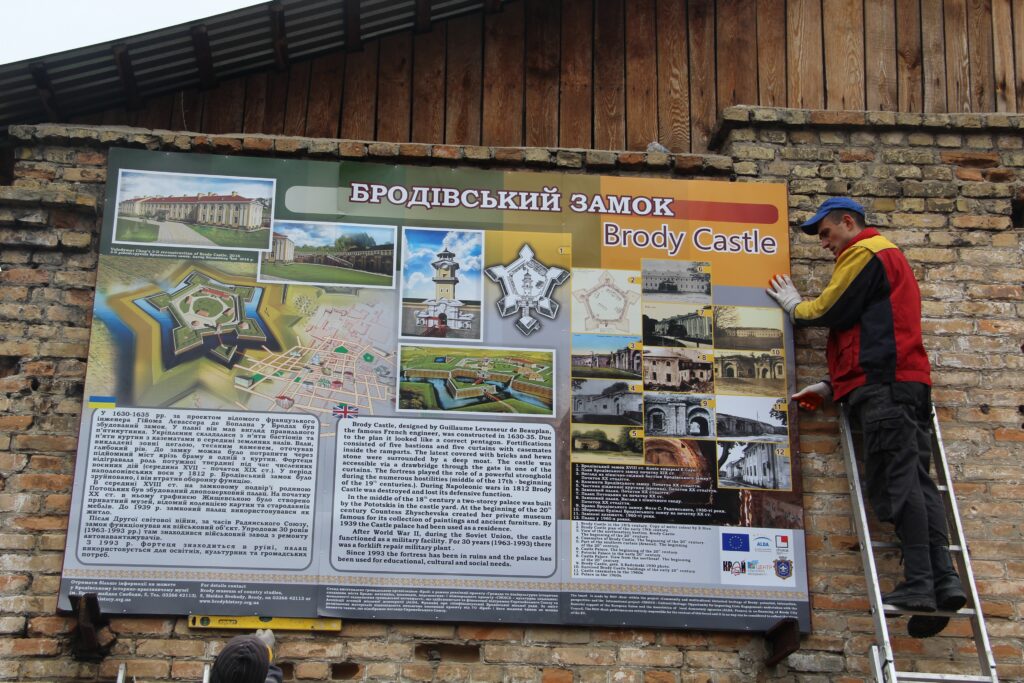 NGO “Kray” in Brody promoted the town’s cultural and historical heritage sites among local population
NGO “Kray” in Brody promoted the town’s cultural and historical heritage sites among local population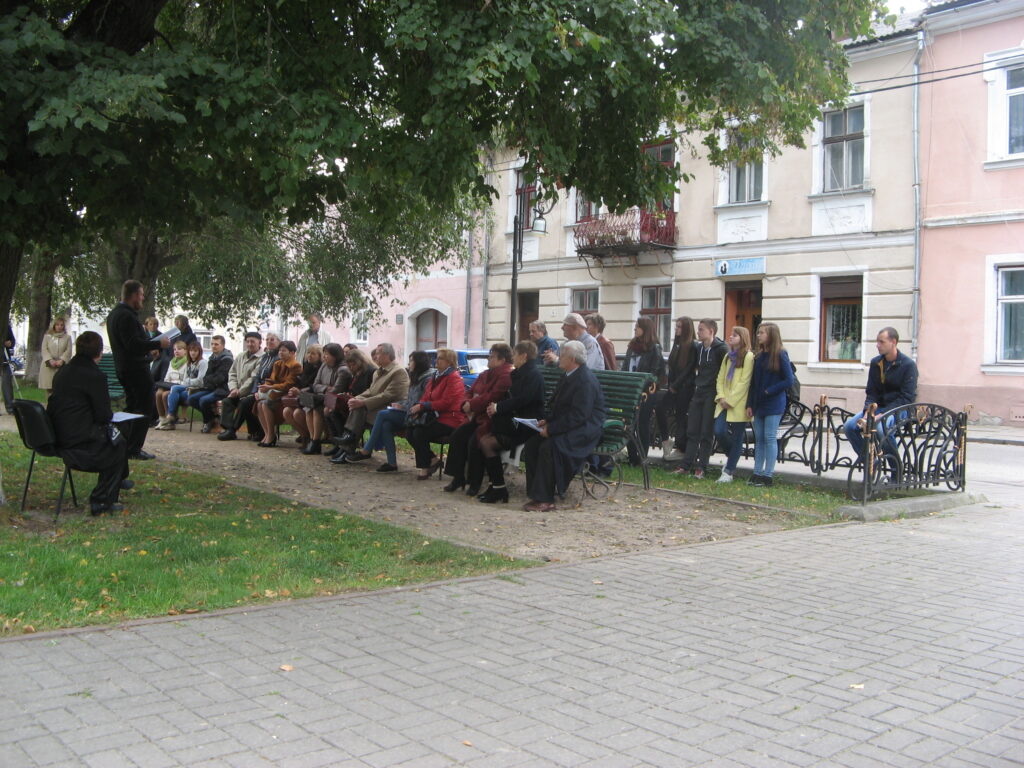 NGO “Kray” in Brody promoted the town’s cultural and historical heritage sites among local population
NGO “Kray” in Brody promoted the town’s cultural and historical heritage sites among local population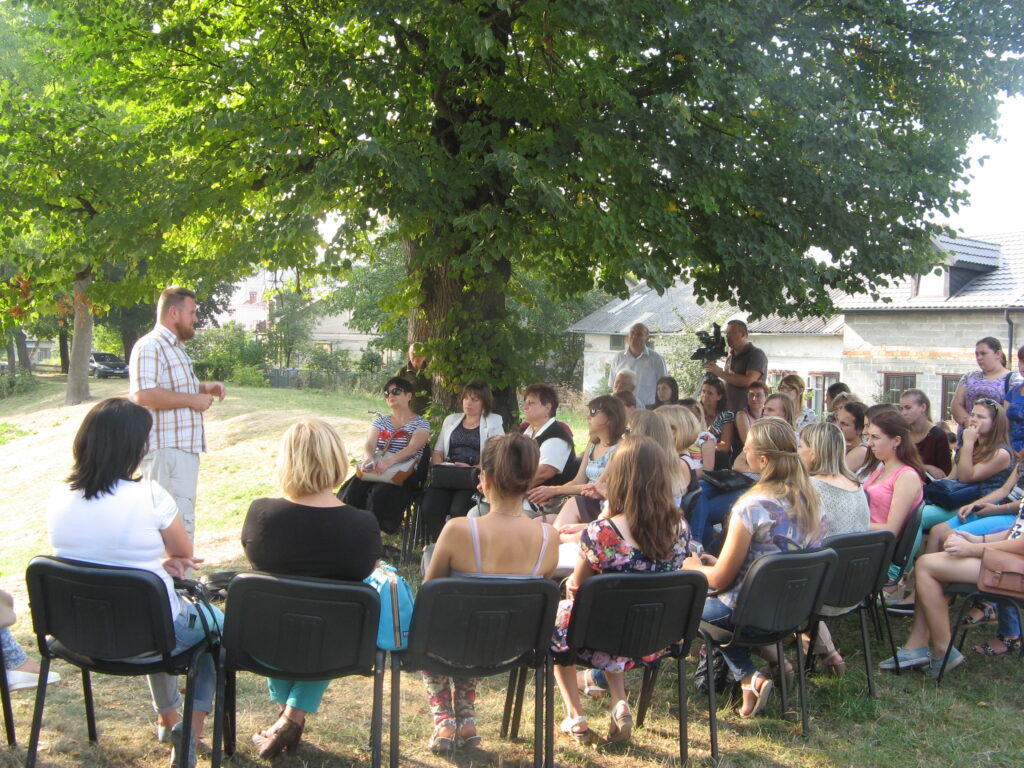 Lecture for local community in Brody
Lecture for local community in Brody
Cooperation among participants from four countries proved to be a significant success of the CHOICE project. “Cooperation and exchange of experience not only helped us during the project implementation but also gave us a chance to establish good relations for future work together. For instance, after the CHOICE project ended, our organisation and another NGO from Starokostyantyniv received a grant for the implementation of a joint project on promoting local architectural sites called ‘How Castles Live’,” Vasyl noted.
The NGO ‘Starokostyantyniv Nebayduzhyy’ (‘Starokostyantyniv Cares’) was awarded a grant to cover the communication aspects of the project.
“The second part of the project foresaw organisational development of our NGO. Since at that time the Starokostyantyniv Cares NGO was only newly-created, that experience was very important,” explained Serhiy Khudyy, head of the Starokostyantyniv NGO.
Four trainings were held in Starokostyantyniv within the framework of the CHOICE project’s communications. “With the help of trainings we were able to learn more about public activities, increase the number of members of the NGO and make many contacts with NGOs from other towns,” said Serhiy Khudyy.
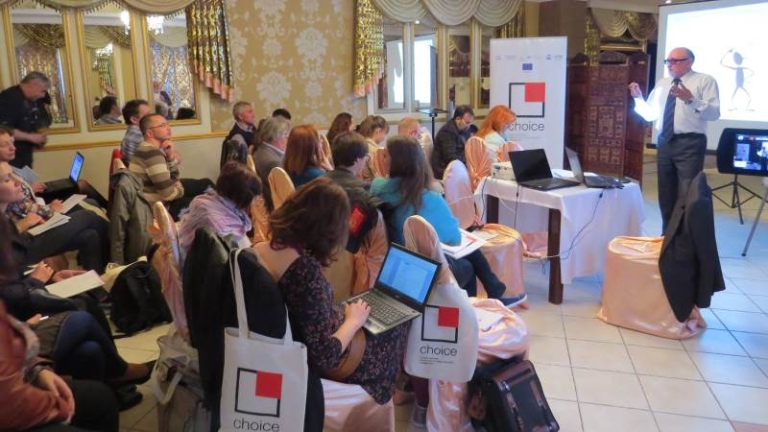 NGO from Starokostyantyniv received a grant for the implementation of a joint project on promoting local architectural sites
NGO from Starokostyantyniv received a grant for the implementation of a joint project on promoting local architectural sites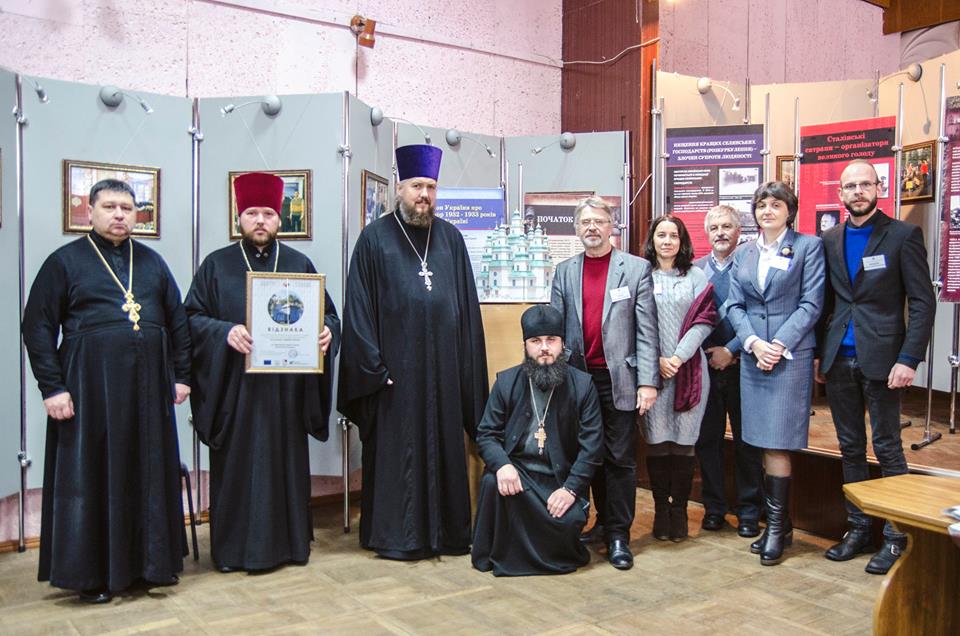 CHOICE-organised information seminar in Rivne
CHOICE-organised information seminar in Rivne
Thanks to the participation of an NGO from Uzhhorod in the EU project, the town developed a programme based on an initiative by the Uzhhorod Resident School in which experienced architects organised lessons for children and taught them about Uzhhorod’s cultural heritage.
In most towns, the initiatives continue after the project has ended. “Thanks to this project a framework of active people was created, people who continue working with us. Kreminets continues working with an expert from Kyiv, Uzhhorod passes on its experience of the Uzhhorod Resident School. In reality the project’s idea was to mobilise people around common problems and possibilities and cultural heritage was only an object,” Ihor Savchak added.
Within the framework of the Year of Cultural Heritage, similar events will take place on the European, national and regional levels, not only in Ukraine, but all over Europe. This not only helps to discover the cultural heritage of EU countries, but also encourages people to get to know the cultural heritage of the partner countries, including Ukraine, and promotes the feeling of belonging to the common European space.
Author: Darya Tarasova
MOST READ
SEE ALSO

‘The Kremlin has entered the chat’: how to protect your personal data on Telegram and avoid the bait of propaganda
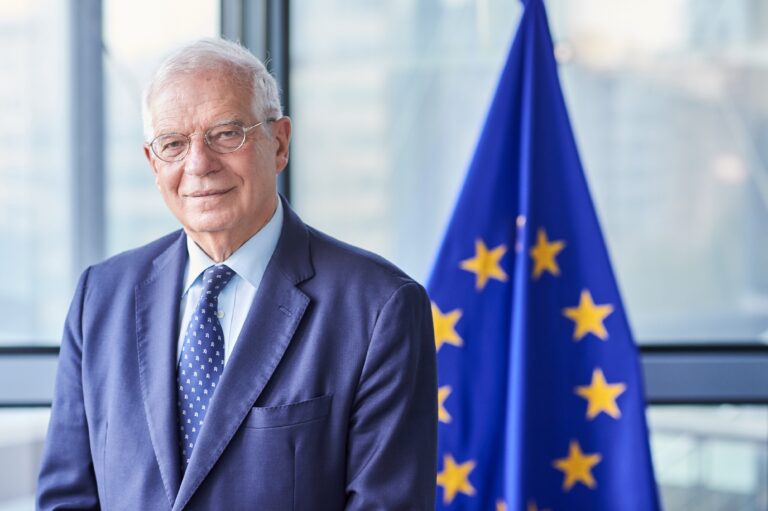
No, time is not on Russia‘s side

Socks for Peace: how the Vilni project is supporting internally displaced women in Ukraine
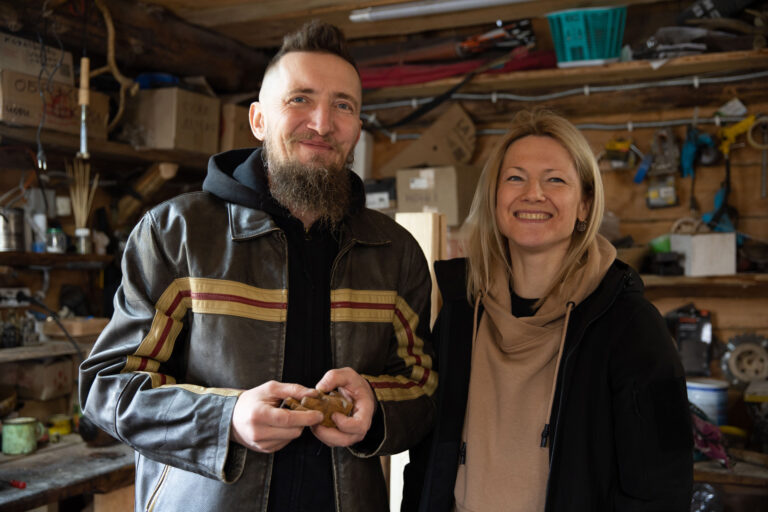
Celebrating traditional Ukrainian cultural identity in Rivne
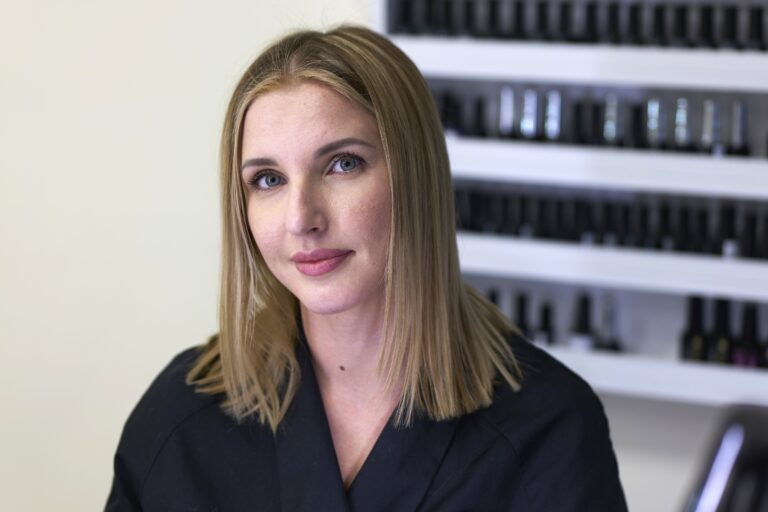
Natalia wanted her child to escape the war: how a single mother set up a successful business in Lithuania
More campaign pages:
Interested in the latest news and opportunities?
This website is managed by the EU-funded Regional Communication Programme for the Eastern Neighbourhood ('EU NEIGHBOURS east’), which complements and supports the communication of the Delegations of the European Union in the Eastern partner countries, and works under the guidance of the European Commission’s Directorate-General for Neighbourhood Policy and Enlargement Negotiations, and the European External Action Service. EU NEIGHBOURS east is implemented by a GOPA PACE-led consortium. It is part of the larger Neighbourhood Communication Programme (2020-2024) for the EU's Eastern and Southern Neighbourhood, which also includes 'EU NEIGHBOURS south’ project that runs the EU Neighbours portal.

The information on this site is subject to a Disclaimer and Protection of personal data. © European Union,







